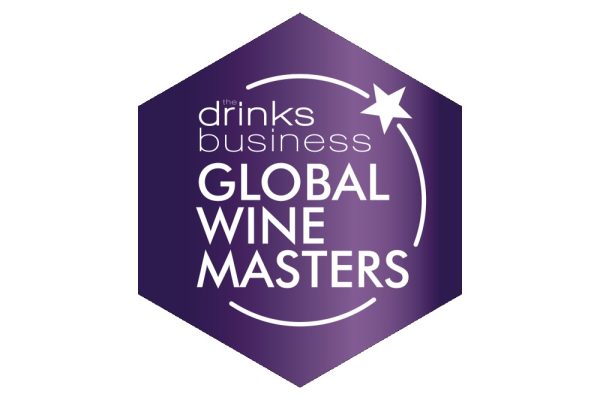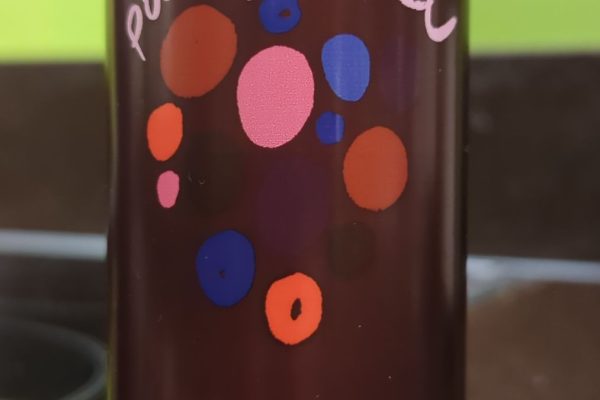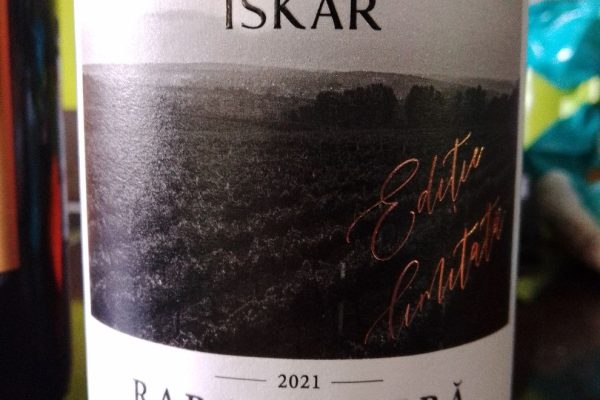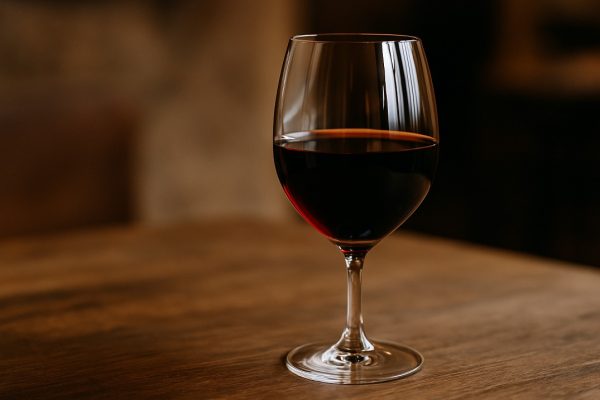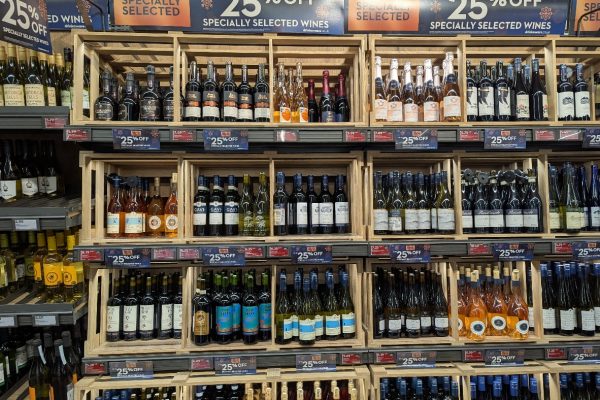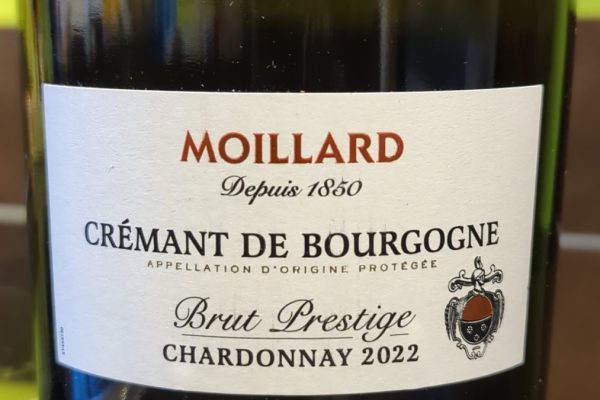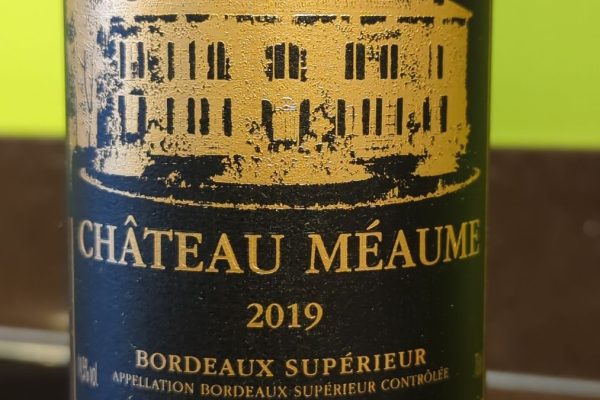
If you haven’t yet discovered Vivino, it’s well worth a look. Vivino is an app and web site that allows users to rate and describe wines on a scale from 1 to 5, and then aggregates these individual reviews to provide an average rating for each wine. I’ve personally found the average ratings on Vivino to be surprisingly accurate and often a helpful guide when selecting a bottle. Curious to see whether this was just my impression, I decided to look into whether research supports my experience.
Vivino relies on the concept of the wisdom of the crowd, the idea that the collective judgment of a group of individuals is often more accurate than that of a single expert. This principle is explored in depth by Joshua L. Fiechter and Nate Kornell in their paper, How the wisdom of crowds, and of the crowd within, are affected by expertise. Their research looks into how expert knowledge shapes, but does not necessarily beat, collective estimations.
More directly relevant to wine, Kopsacheilis and colleagues investigated Vivino ratings in the paper Crowdsourcing the assessment of wine quality: Vivino ratings, professional critics, and the weather. They found that Vivino’s crowdsourced ratings align well with professional critics’ reviews. However, the correlation among professional critics themselves was stronger, which the researchers attribute to differences in how each group evaluates wine. Professionals tend to assess a wine’s ageing potential, whereas Vivino users are more focused on how a wine drinks at the time of consumption. This leads to younger vintages being rated less favourably on Vivino, likely because they’re consumed before reaching their peak.
That same study also looked at how both amateur and expert ratings respond to weather conditions, which are known to affect grape and wine quality. The findings were consistent with expectations from viticulture science. In particular, both types of ratings reflected declines in quality during years with extreme weather, especially hotter Septembers. This suggests that climate change may already be exerting a noticeable effect on wine quality in regions such as Bordeaux.
Further evidence of Vivino’s reliability as a wine-rating tool comes from the study Of Wines and Reviews: Measuring and Modeling the Vivino Wine Social Network by Kotonya et al. They concluded that the user-generated ratings and reviews on Vivino reflect thoughtful and knowledgeable opinions rather than random or biased input. Interestingly, the study found that Vivino ratings do not closely correlate with wine prices, a contrast to professional reviews which sometimes show such a bias. Users also tend to favour local wines, and there is a noticeable geographic pattern in rating similarities between countries. Perhaps most impressive is that many Vivino users employ vocabulary and descriptive language that rivals that of professional critics.
Another study, Factors influencing wine ratings in an online wine community: The case of Trentino–Alto Adige, looked specifically at how different factors affect user ratings on Vivino. It found that a wine’s popularity, especially in the lower to mid-price range, has a significant influence. Wines with more reviews tended to receive higher ratings, a kind of feedback loop that likely reflects a social proof effect. However, this influence lessens when it comes to premium wines, where rarity and established reputation play a more substantial role. The research also suggests that pricing acts as a signal of quality, potentially influencing perceptions and contributing to the formation of distinct market segments.
Taken together, these studies make a compelling case that Vivino is more than just a social app/web site. It’s a robust, crowd-driven tool for assessing wine. While it may not replace the nuanced assessments of seasoned critics, it offers an accessible and reliable guide for everyday wine drinkers. The wisdom of the crowd, in the case of wine, appears to be both informed and remarkably consistent.





